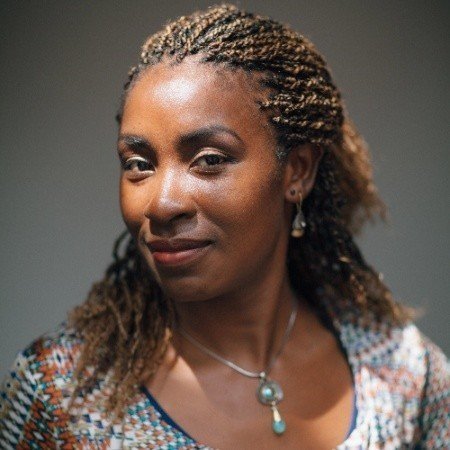What Is Intersectionality and Why Is It Important
It’s been over three decades since law professor, Kimberlé Crenshaw coined the term intersectionality. The phrase was coined to—rather aptly—describe the ways our social identities overlap.
“It’s basically a lens, a prism for seeing the way in which various forms of inequality often operate together and exacerbate each other.”
Kimberlé Crenshaw, Time: Inequality in America
In her groundbreaking 1989 paper, Kimberlé Crenshaw pointed to the problems with considering racism and gender-based discrimination only as separate systems.
In a recent TedWomen Talk, Crenshaw recites, unbeknownst to the audience, the names of male victims of police violence. She requested only that audience members take a seat when an unfamiliar name is called. More than 50% of the audience would remain standing while the names of the male victims of police violence were called, but merely 4 would remain standing once she began to recite the names of female victims who had also fallen victim to police violence. This was a telling, albeit unsettling demonstration of the erasure of BIPOC women.
This demonstration provided the platform and the segue for some insight and history into one of several cases that led to Crenshaw’s 1989 paper, Demarginalizing the Intersection of Race and Sex: A Black Feminist Critique of Antidiscrimination Doctrine, Feminist Theory and Antiracist Politics.
Crenshaw cites the case of DeGraffenreid v. General Motors; DeGraffenreid levied a discrimination lawsuit against the automotive manufacturing plant after she was denied her employment. The courts did not rule in her favor despite her qualifications and evidence that the plant laborers were all Black and male, and the business’ front-end employees were all white…and female. The judge ruled in favor of General Motors and stated that DeGraffenreid was not a protected class simply because she was Black and female; adding that this was a dangerous precedent to set.
“In particular, courts seem to think that race discrimination was what happened to all Black people across gender and sex discrimination was what happened to all women, and if that is your framework, of course, what happens to Black women and other women of color is going to be difficult to see.”
Kimberlé Crenshaw, The Vox
The need for an intersectional lens may have been a novel concept for the courts in 1976, but the complexities of life and the tragedy of death at the intersection of race and gender is a routine reality for BIWOC through the years and throughout the country. Yet, despite the far reach of its implications, the intersection of race and gender fell through the cracks in the framework of both the feminist movement and the civil rights movement.
Over the course of the past decade, intersectionality has made its way from esoteric dialogue amongst academics to mainstream politicization, and with that emergence, drawn its fair share of polarizing critique. In an interview for Time’s feature on Inequality in America, Katie Steinmetz asked Crenshaw how she explains “intersectionality now” to which she responded,
“These days, I start with what it’s not, because there has been distortion. It’s not identity politics on steroids. It’s not a mechanism to turn white men into the new pariahs.”
Kimberlé Crenshaw, Time: Inequality in America
“The hierarchy of victimhood” is one of the more popular critiques of Crenshaw’s work. This critique posits that those with the most oppression are given the most attention, thus placing white men at the bottom of the supposed hierarchy. Some would argue that this is a necessary step towards equity, while others call it, “the new caste system” placing nonwhite, non-heterosexual people on top.” It stands to reason that Crenshaw’s long career in civil rights and feminism and the radical notion that aspecting Black women, when the accepted image of the American citizen is white and male, would draw the ire and harsh criticism of the faction of society built on the practice of centering the latter.
Despite fervent criticism and opposition, Crenshaw’s work continues to provide integral foundation in restructuring the framework of Black feminism and reimagining equality for BIWOC and other underrepresented, marginalized communities. Now when we talk about intersectionality, we are not only talking about the overlap of race and gender, but those of income, ability, sexual orientation, gender expression/representation, immigration status, and more.
In our next installment on the importance of intersectionality, we will explore the ways the framework can support more equitable AI and ML design.
Dr. Dede Testubayashi’s (Deh-deh Teh-tsu-bye-ya-she) expertise is DEI + product + business value and integrating them into a team and organization's best practices. She has extensive experience building frameworks and guidelines to integrate product inclusion into the development process, and driving adoption as an integral portion of phased and prioritized roadmaps for teams to execute against. Dede is a member of the Equity Army run by Annie Jean-Baptiste, a group focused on educating organizations on Product Inclusion. She's also a founding member of Tech Ladies, a group focused on inclusivity in tech, and is working on two new publications; a memoir and a product inclusion guide.


